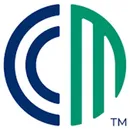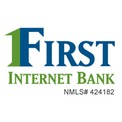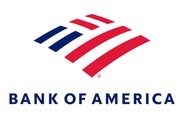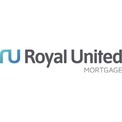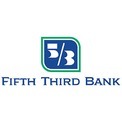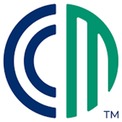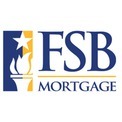- Minimum credit score
- 620
- Maximum credit line amount
- $500,000
- Repayment period
- 240 months
Established in 2003, CrossCountry Mortgage is a nationwide, full-service lender. It offers HELOC loans in all 50 states, and customers can request a free rate quote or apply online.
CrossCountry Mortgage does not publish a lot of its specific HELOC details online; instead, it gives general information about what HELOCs are and the average fees to expect. You will need to submit a rate request or talk with a loan officer to receive information about how much home equity you can draw from and what rate you can receive with your credit.
If you need access to a large amount of your equity, CrossCountry offers HELOCs with a maximum credit limit of $500,000. You should expect an origination fee of 2% as well as other closing costs.
- Large maximum credit line amount
- Lends in all 50 states
- Some requirements not published
There are no reviews of CrossCountry Mortgage from ConsumerAffairs readers.
